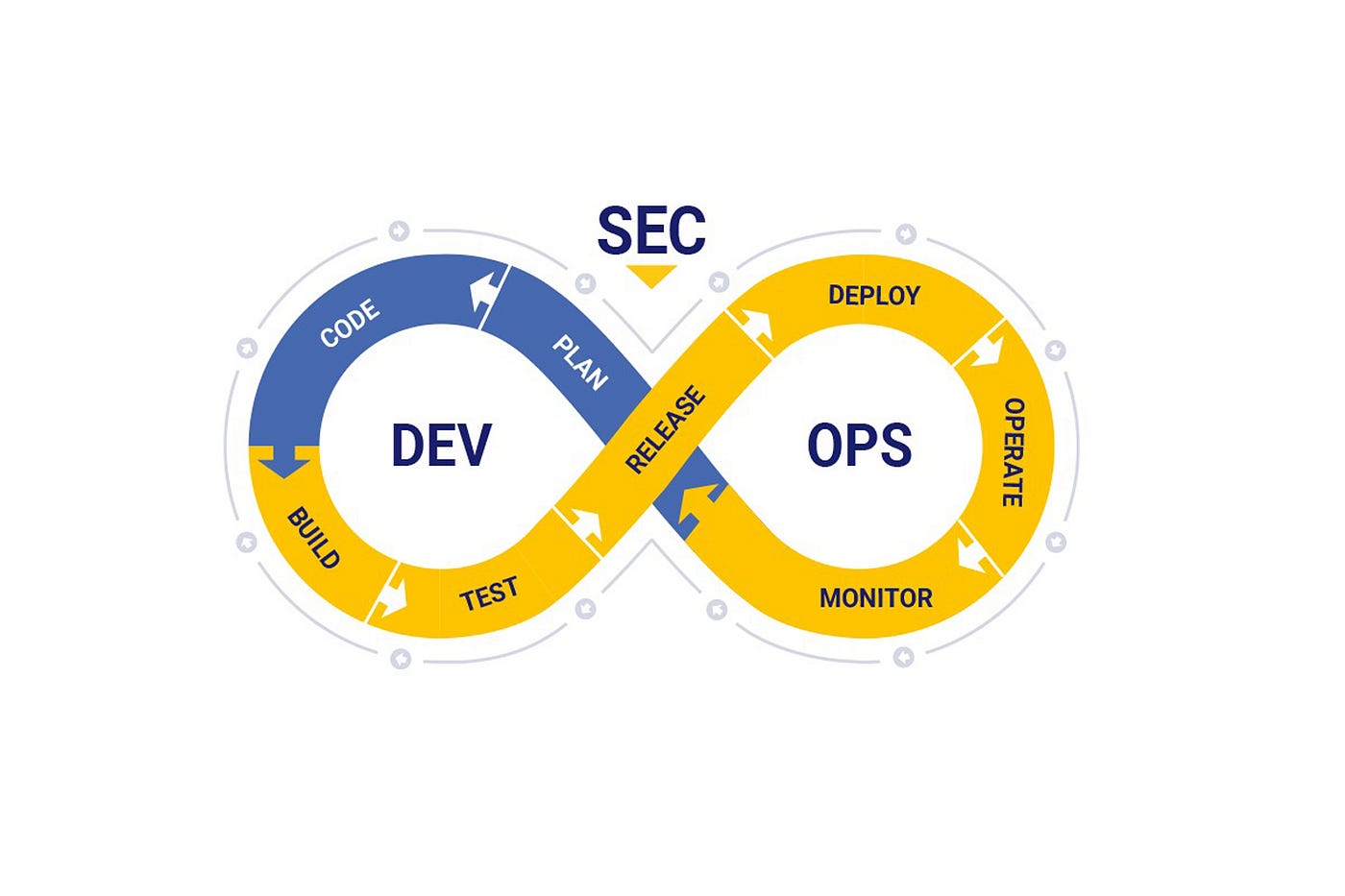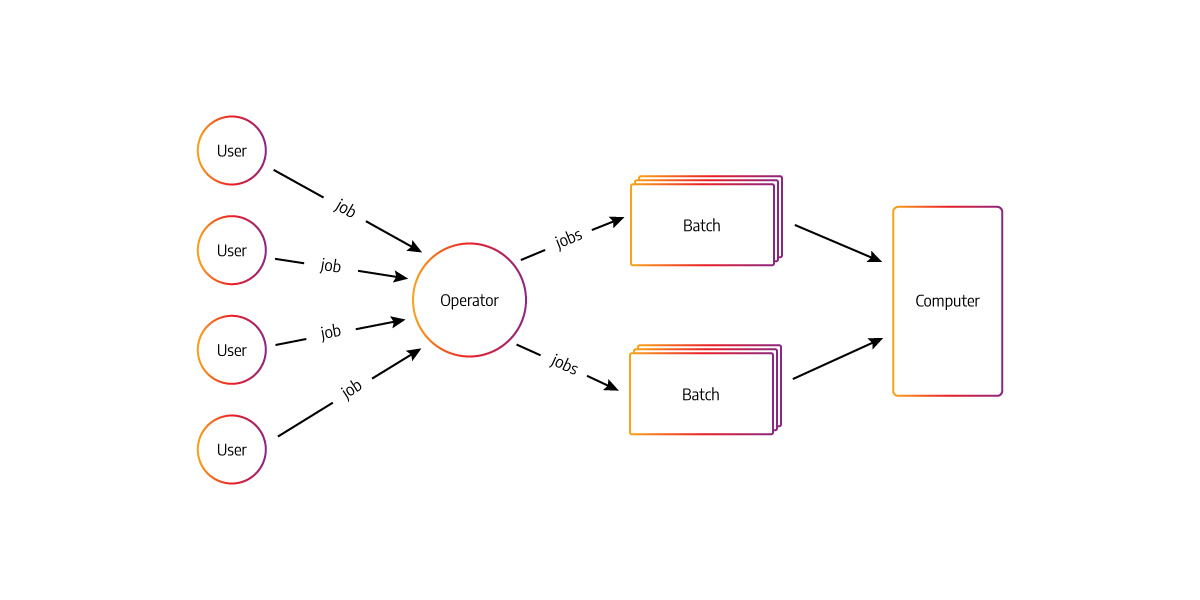Picture a fortress being built brick by brick. Traditionally, walls go up first, and only at the end do guards arrive to secure them. By then, cracks may already exist, and enemies could exploit them. This is how security has long been treated in software delivery—added at the final stage.
DevSecOps flips this approach by bringing security in from the start. Like architects who design defence into the very foundation of the fortress, DevSecOps ensures that every phase of the CI/CD pipeline is protected, not just the end.
What Shifting Left Really Means
“Shifting left” in security is like moving the guards from the castle gates to the construction site. Instead of waiting until the fortress is complete, they inspect each stone as it’s laid. This means vulnerabilities are identified and resolved earlier, saving both time and cost.
In practice, this involves embedding automated security checks into code repositories, running vulnerability scans in development environments, and enforcing secure coding standards before deployments. The result is a culture where developers, testers, and security experts collaborate, making protection everyone’s responsibility.
For learners, structured programmes such as a DevOps certification often introduce this mindset. They teach not only technical practices but also how to foster collaboration between teams that historically worked in silos.
Automating Security in CI/CD
Imagine trying to check every truck entering a city manually—it would cause endless delays. Automated gates, however, scan vehicles in seconds, balancing speed with safety. Similarly, automation is the lifeblood of DevSecOps.
Security tools integrated into CI/CD pipelines automatically run static application security testing (SAST), dynamic application security testing (DAST), and dependency checks. These scans act like automated gates, ensuring only trusted code and components flow through.
Automation reduces human error while keeping delivery fast, a balance essential in today’s competitive environments.
Building a Culture of Shared Responsibility
Technology alone cannot secure a pipeline. Think of a neighbourhood watch—it works only when everyone participates, not just the police. In DevSecOps, every team member becomes part of the security ecosystem.
This cultural shift requires training, clear accountability, and ongoing collaboration. Developers must understand secure coding principles, testers must validate vulnerabilities, and operations teams must monitor continuously. The shared goal is not speed versus security but speed with security.
Institutions offering DevOps certification often focus on this balance, showing how cultural alignment can be just as critical as technical tooling in making DevSecOps sustainable.
Overcoming Practical Challenges
Like any ambitious project, shifting security left has hurdles. Legacy systems may resist integration, tools might clash, and teams may fear slowed releases. These challenges are real but solvable.
Standardising security tools across environments, investing in developer-friendly scanners, and gradually embedding practices rather than forcing them overnight can smooth the journey. Success often comes from small wins—automating a single vulnerability scan, for example—that build momentum for broader adoption.
Conclusion
DevSecOps is not about sprinkling security at the end of the pipeline—it’s about weaving it into every stage, from the very first line of code to final deployment. By shifting left, teams prevent vulnerabilities early, cut costs, and deliver safer applications without losing agility.
The practice demands automation, cultural alignment, and persistence, but the payoff is enormous: software that is not only fast but also secure by design. In an era where breaches can cripple businesses, embedding security from the start is no longer optional—it’s the blueprint for resilience.




